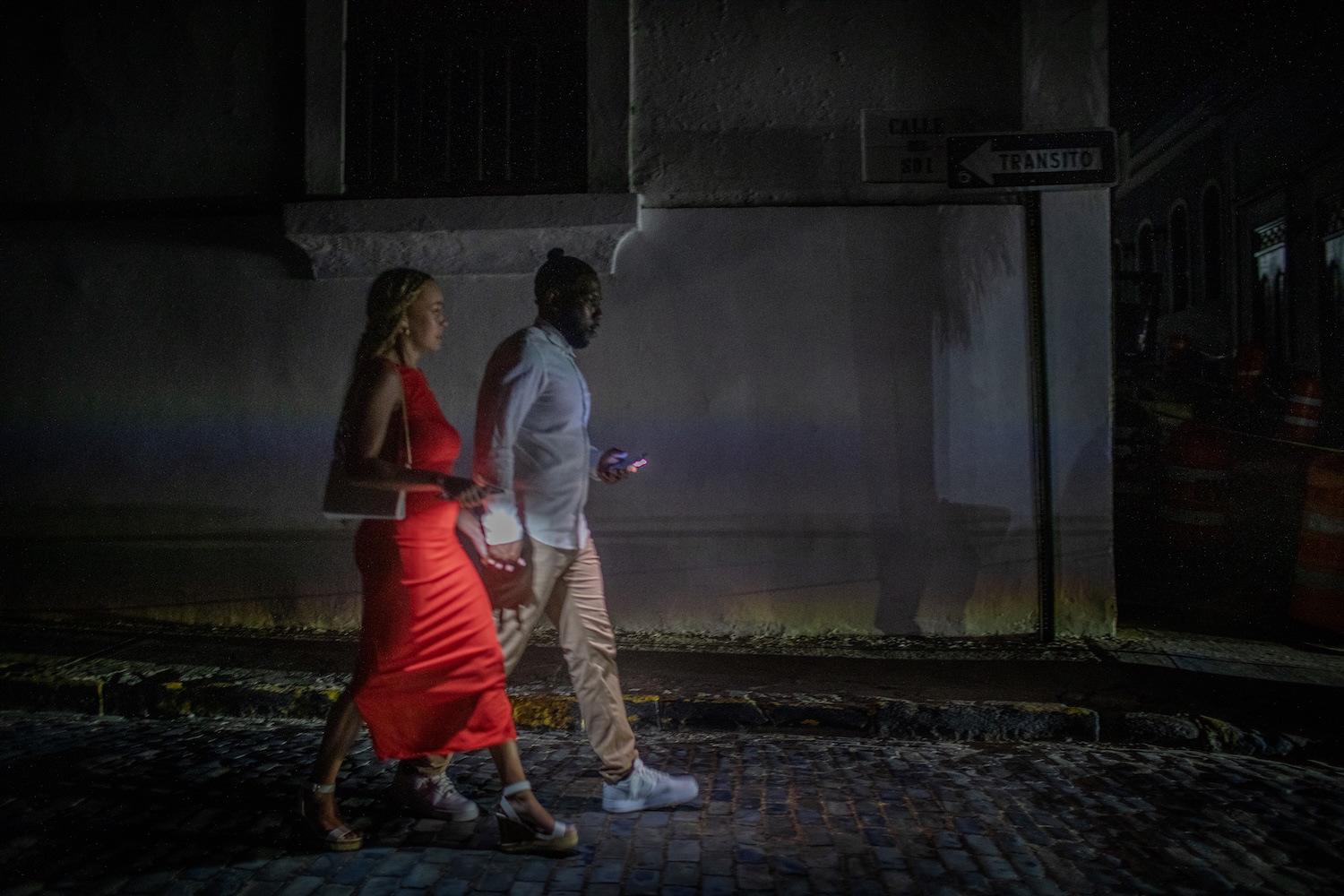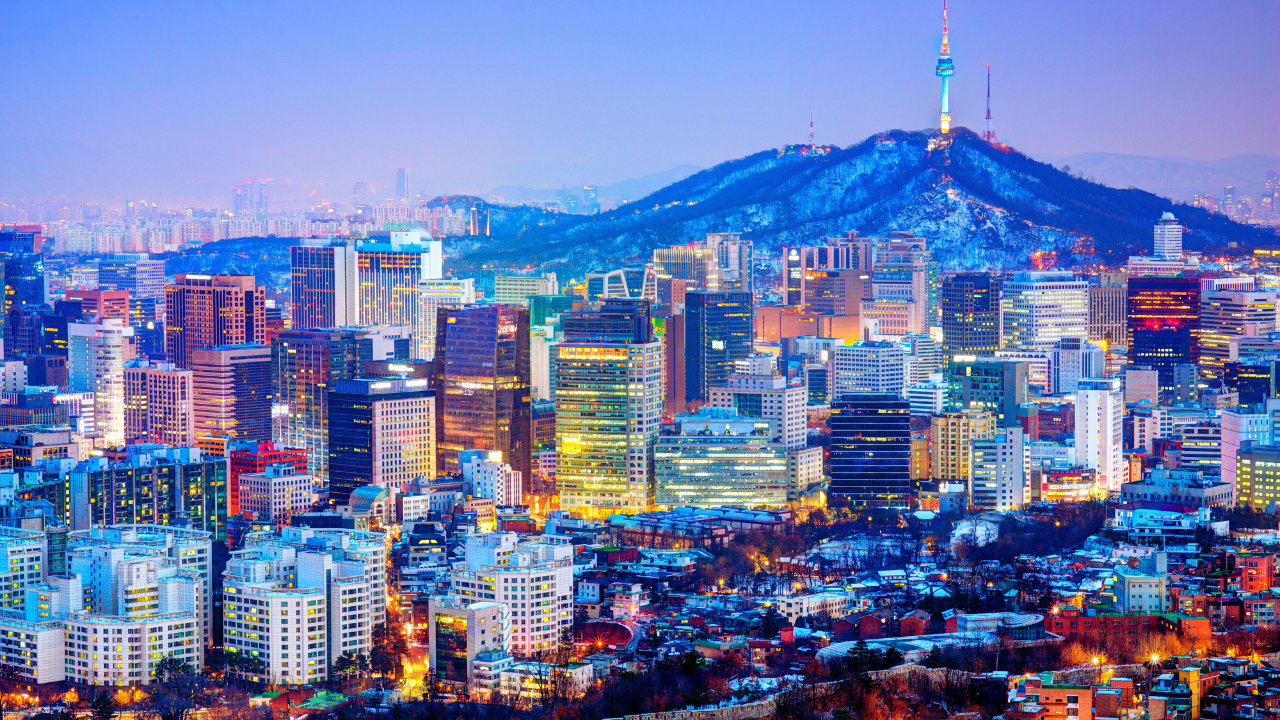Puerto Rico faced a massive island-wide blackout on Wednesday, April 16, 2025, leaving 1.4 million residents without electricity. The outage disrupted essential services, including the main international airport, hospitals, and water supply systems, affecting over 328,000 people. The blackout occurred just days before Easter, a peak travel period, causing inconvenience to locals and tourists.
The Associated Press reports that the blackout originated from a disturbance in the transmission system. This led to a cascade of failures across the power grid. Although no permanent damage was reported to the power plants, officials estimated that restoring electricity to 90% of customers would take 48 to 72 hours.
Governor Jenniffer González, who cut short her vacation to address the crisis, labeled the situation “unacceptable.” She pledged to terminate the contracts with Luma Energy and Genera PR, the private companies responsible for power transmission and generation, respectively. However, she acknowledged that the process would not be immediate.
Daily Life Disrupted In Puerto Rico
The blackout brought daily life to a standstill. Traffic lights failed, causing gridlocks, and major shopping centers like Plaza Las Américas closed their doors. Public transportation systems, including the Tren Urbano, were halted, leaving commuters stranded. Sporting events were canceled, and businesses reliant on electricity faced significant losses.
Residents without generators scrambled to purchase ice and candles, while those with medical needs faced heightened risks. The economic impact was substantial, with estimates suggesting a daily revenue loss of $230 million due to the outage.
This blackout is the second island-wide outage in less than four months, highlighting the fragility of Puerto Rico’s power infrastructure. The island’s grid has been vulnerable since Hurricane Maria devastated it in 2017, and despite ongoing repairs, reliability issues persist.
Public frustration is mounting, with calls for systemic changes to ensure a stable and reliable power supply. As Puerto Rico grapples with these challenges, the need for comprehensive infrastructure reform becomes increasingly urgent.





